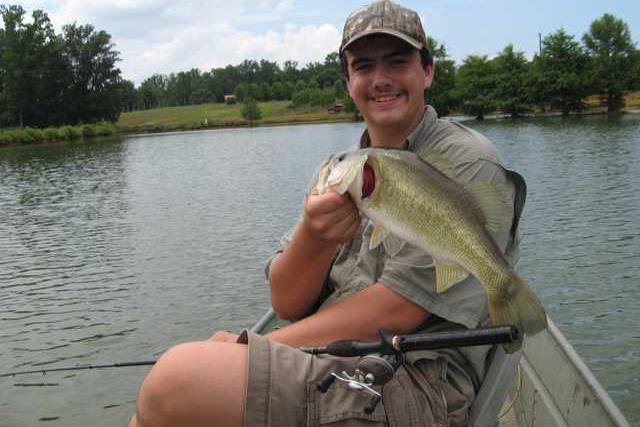Last week we talked a little about how to catch bedding bass. You are going to continue to see these fish in the shallows over the next few weeks because they don’t all bed at the same time but you are also going to have fish in the same waters that have done their thing and moved off the beds. These bass will now take on some new and different habits and thus it will require a different set of strategies in order to catch them. Based on the observations you make in the places you fish, you may need to switch to these tactics sometime soon. It will be pretty easy to tell when the majority of the bass have left their bedding areas.
It's logical to think that these post spawn fish should be hungry and ready to go on a feeding frenzy. After all bedding bass have been in a non-feeding mode during the spawn. Even though that idea makes sense it’s not really true. These are weakened and stressed fish and the females may actually be lethargic until regaining strength which may take several weeks. Because of that, you need to be prepared to endure some tough days on the water but it’s not impossible to entice these bass to bite.
One of the characteristics we need to consider during this period of time is that the fish are usually pretty scattered. Our other consideration is to try to figure out what the most readily available bait for the fish is and where it’s located. One of these food sources are all types of small bream. These fish bed in the weeks following the bass spawn and are going to stay close by their own bedding areas making them easy prey.
With those things in mind let’s think about lures and colors. Most every food source mentioned here has some a pretty good dose of green in it so different shades of that color including chartreuse are typically good bets. The bream also have some minor orange tinting and thus that is another good color to think about. Small crank baits that imitate baby bass in these colors are one of the best lures to use. Remember that the fish are looking for easy meals as they attempt to recover from their bedding cycle so work the lure slowly and after cranking it to the depth you want it’s a good idea to stop it intermittently during the retrieve. Lots of times the strike will come while the lure is motionless.
Another good bet is a soft plastic lizard. These are often my number one choice because you can work them slowly and get them into thick cover easily. Another reason I like this bait is that you can keep it in the strike zone longer. Remember these fish will often be in areas where there are lots of places from which to ambush a nearby meal. I like to rig these lures Texas style which is just basically a small bullet weight above the lizard. Don’t forget about the barrel swivel I mentioned last week.
Another important idea for fishing this period of the year is to keep your baits small. The idea is that smaller lures are going to more closely match the size of the amphibians, bream and bass fry that make up the diet of bigger bass in this part of the year.
Last of all remember that even though these fish are going to scatter out after the spawn they still have places they will consistently relate to. Structure in the areas nearest bedding sites and in deeper water will probably be their first stop in the time period immediately following the bedding cycle.
As you pursue these bass in the post bedding period remember that they are severely stressed from a long winter and the spawn. If you are practicing catch and release make sure to handle them gently and get them back in the water quickly if you want them to survive.
At a time of the year when the spring weather is unpredictable and constantly changing and the fish are finicky you can still catch plenty of bass. Just remember where they are probably going to be, what kind of food they are looking for and most of all that they will be attracted to food sources that offer up easy picking.





